Entry level positions at Amazon warehouses are usually referred to as Tier 1 (T1) or Level 1 (L1) depending on the position and the type of facility.
Here are 11 of the most common T1 positions at Amazon fulfillment centers:
1. Stower
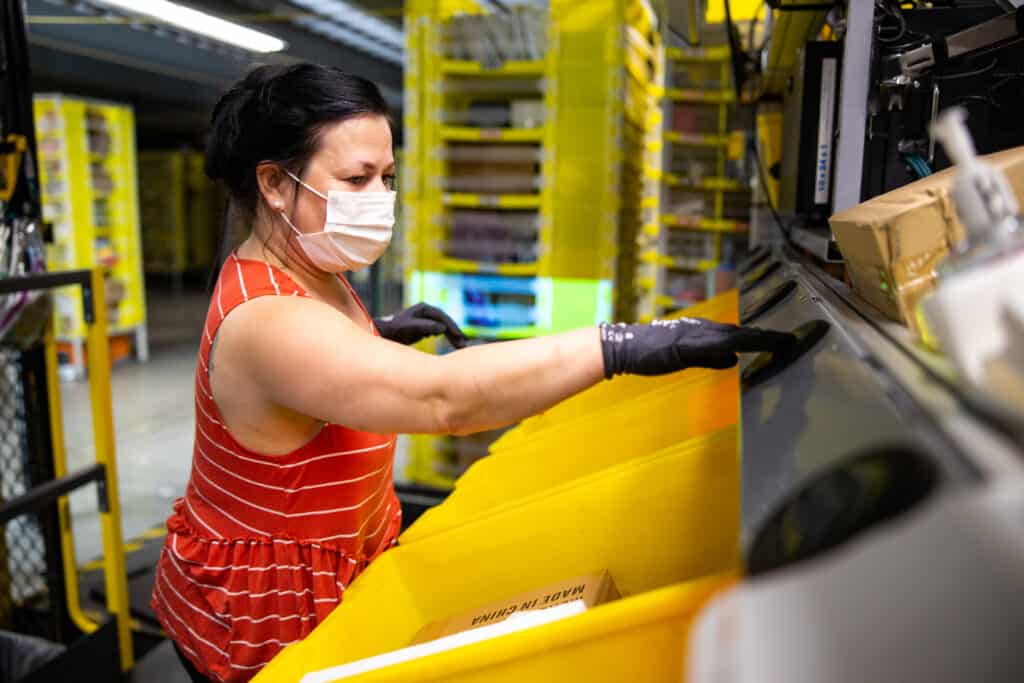
Stowers receive items that have been shipped into the warehouse and place them in pods for storage.
In Amazon Robotics (AR) facilities, these pods are brought over to the stowers by Kiva robots.
Each stower is assigned a station where items come in totes. They then unbox them and place them in bins that are located inside pods/carts.
As they place an item in a bin, stowers will scan the item and the bin. The inventory system will then use this information to identify each item.
As soon as an item is scanned by a stower, it shows up on the Amazon website.
2. Picker
The main responsibility of pickers is to take stowed items that have been earmarked for shipment from pods, place them in carts and send them off to the packers.
In AR facilities, the pods come to you carried by automated Kiva robots so you don’t have to walk long distances like in traditional Amazon fulfillment centers.
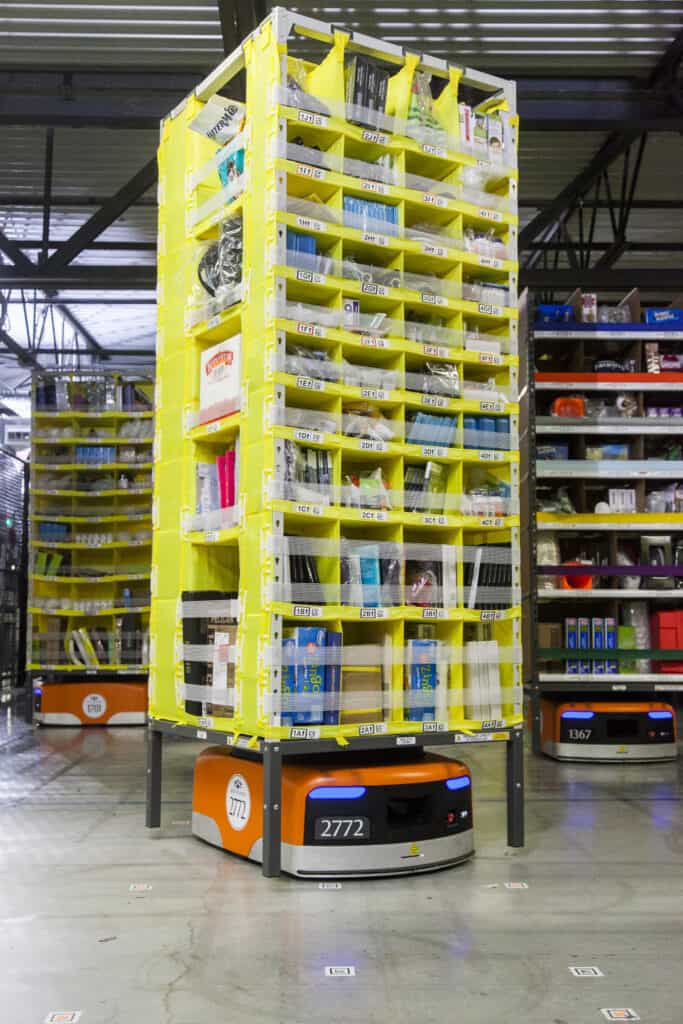
The downside of this job is that it is very physical and involves a lot of walking, especially in non-AR facilities. Having lightweight and comfortable work shoes is important when working as a picker.
Amazon understands this and that’s why they give all their workers $110 in credit to buy work shoes from Zappos.com.
Pickers also have to maintain a minimum pick (scan) rate (which varies by facility) below which they run the risk of getting written up.
3. Packer
Packers receive items that have been picked by pickers, stuff them into boxes, jiffies or mailers and send them off to the ship dock department where they will be loaded onto trucks for outbound shipping.
Packers are assigned their own stations where they get carts full of items from pickers and supplies such as cardboard boxes from waterspiders so that they can do their jobs without interruption.
4. Waterspider
Waterspiders at Amazon facilities assist other associates with replenishing resources that are necessary for them to do their jobs effectively.
The term waterspider is borrowed from the lean production methodology.
What waterspiders do varies by department. For example, in picking and packing, waterspiders will refill cardboard boxes needed by associates in these departments.
In the stow department, they would be responsible for bringing totes full of products to the stowers so that they can put away items into pods.
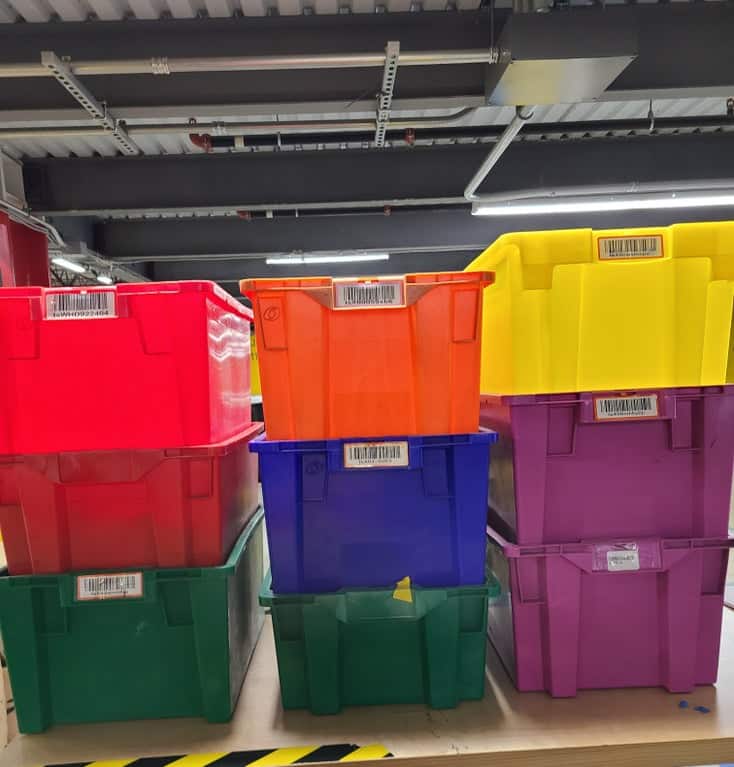
You might see waterspiders pushing pallet jacks filled with material such as pallets and cardboard around the warehouse.
5. Problem Solver
Problem solvers are mainly involved with handling missing items, items with wrong bar code labels or items that have been rejected by the system due to being unscannable. This usually happens due to labels being damaged in some way.
Most day to day activities of a problem solver will involve looking for lost items in bins or relabelling items.
Other tasks performed by problem solvers will depend on the department they are assigned to. In the stow department, for example, problem solvers will take care of items that have failed to ship.
6. ICQA Associate
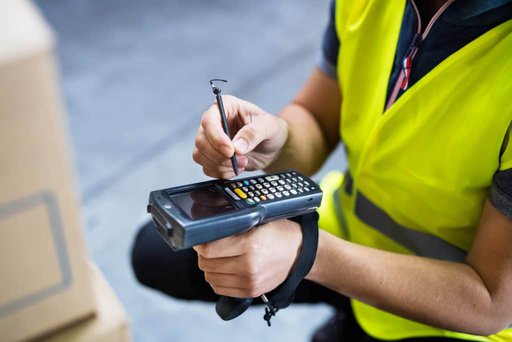
ICQA stands for inventory control and quality assurance.
ICQA associates at Amazon are mainly tasked with doing bin audits and inventory control.
Sometimes, during stocktaking, inventory does not match with what’s in the inventory system’s database after stowing.
The ICQA department counts items that have been stowed into bins to keep the inventory system as accurate as possible.
There are several types of counts done by ICQA associates, e.g. cycle count, simple record count (SRC), simple bin count (SBC), etc.
7. Learning Ambassador
This is an indirect role which involves training new hires at Amazon facilities. Learning ambassadors also provide guidance and mentoring to new employees (including managers and interns), which means that they have to be very good at their job.
Additionally, learning ambassadors lend a helping hand whenever there is a shortage of workers in certain departments such as stow.
Learning ambassadors can be easily recognized by their special colored vests which can be green, blue or yellow depending on the facility.
Becoming a learning ambassador can fast track you into getting promoted to better positions such as process assistant or area manager.
The main downside of this role is that it doesn’t come with a pay increase even though the responsibilities are higher than other entry level jobs at the warehouse.
8. SLAM (Kick Out) Operator
SLAM operators work around the SLAM machine. SLAM stands for scan, label, apply and manifest.
A SLAM machine scans the sp00 (shipping package number) labels on the packages to identify them and then applies the appropriate shipping labels so that they can be handled appropriately at the ship dock department.
Associates who work in SLAM also help fix problems arising from packages such as missing or incorrect label information, the wrong item weight or the wrong packaging.
9. Ship Dock
The ship dock department is where items are prepared for leaving the building.
Packages come down conveyor belts and ship dock associates scan them into an appropriate location.
They are then loaded onto trucks for outbound shipping.
Unlike other Amazon warehouse departments, jobs at the ship dock department are assigned daily at the front desk.
10. IT Equipment Coordinator
This is the entry level IT position at Amazon warehouses. It mostly involves keeping track of inventory, closing tickets, deploying equipment, etc.
Note that this position is not as technical as traditional help desk or tech support jobs. So you may not get as much hands on experience as you might like.
The upside is that it’s not as physically taxing as other jobs on the warehouse floor. You also have a better chance at getting promoted to better IT roles such as Support Engineer I and II.
11. Amnesty
This is an indirect role that is mostly found in Amazon Robotics facilities.
Amnesty associates mainly deal with minor problems on the robot floors, e.g. removing obstacles on the floor paths or performing simple fixes on the robots if they have non-serious issues.
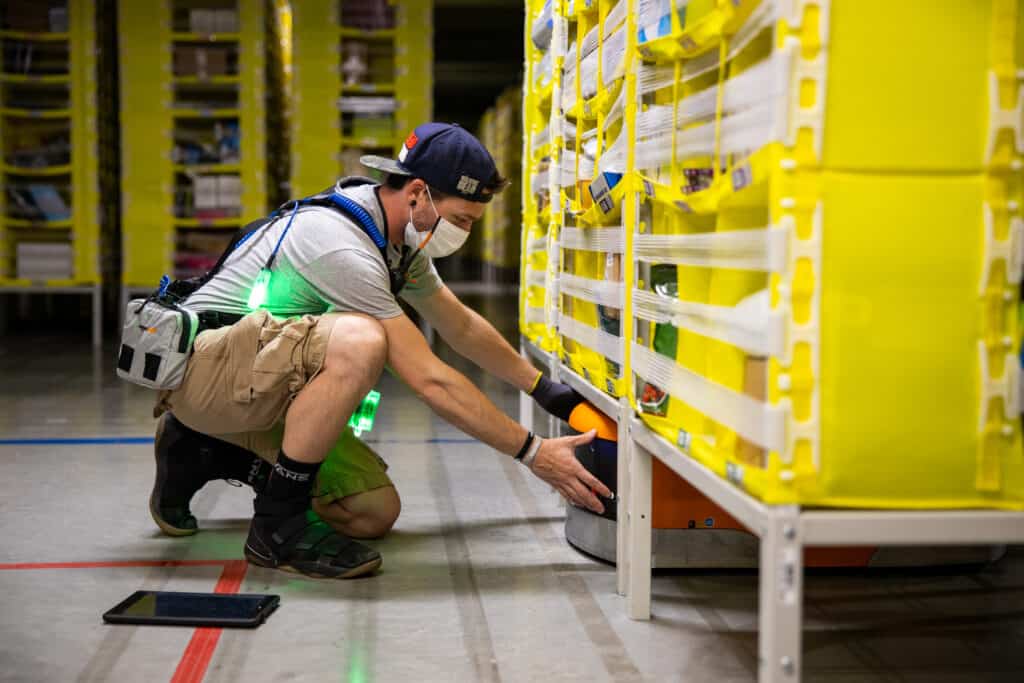
Another important function of an amnesty associate is helping out other associates (e.g. stowers and packers) if they have any technical difficulties, e.g., malfunctioning scanners.
Conclusion
When hired as an Amazon associate, you are typically assigned a specific role that you will be working in long-term. However, there are possibilities for switching from one role to another.
You may request a transfer (using the A to Z app) should you want to do a different Tier 1 role or get to a different section or department of the facility. You can even get a transfer to a different building.
Keep in mind that your request for transfer is not always granted especially if your department is short-staffed.
Your area manager may also want you to cross train so that you can work in a different role depending on the needs of the facility.